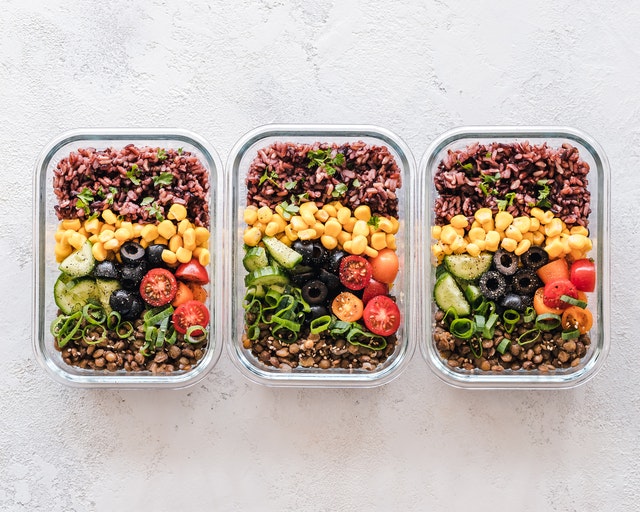Food waste is an issue that must be addressed to help combat climate change. It is estimated that 33% of food intended for human consumption is wasted in the US, most of which goes to the landfill. Once in the landfill, this food cannot break down properly and thus produces methane, a greenhouse gas far more potent than carbon dioxide. The US Environmental Protection Agency estimates that food waste in America produces the greenhouse gas equivalent of 42 coal-fired power plants, or 170 million metric tons of carbon dioxide equivalent. Yikes.
Reducing food waste also benefits both individual expenses and the national economy.
So what can we as individuals do? The good news is, there are many ways to reduce food waste. Because there are so many ways, this topic will be broken down into three separate blog posts focusing on before purchasing, after purchasing, and community activism.
One way to reduce food waste is to go to the grocery store with a plan. Make a detailed and itemized grocery list, so that you don’t overbuy. The best way to plan your grocery list is after doing a full pantry, fridge, and freezer inventory, but even if you’re not committed to doing that, scan the items in your residence and see what you can use up in recipes, and plan to only buy the additional items needed. Then set a note on your calendar to do a full food inventory at least twice a year to make sure nothing gets forgotten or wasted.

In doing your meal plan, be realistic about your energy levels and time allowance throughout the week. If you have late meetings every Tuesday, plan to eat leftovers that day. Also, make sure you will have leftovers available in order to do so. If you are rushed for time every weekday morning, plan to make breakfasts ahead of time that are quick and easy (smoothies, overnight oats, baked oatmeal, homemade granola bars, etc). Or if you’re going out to eat most weekdays, plan on prepping lunches for the week so you’ll have meals ready to go.
Before you shop have a snack; shopping hungry increases impulse shopping.

Once at the store, buy imperfect produce and groceries. If you notice a clearance section with items you could use quickly (or freeze for later), grab them for a discount. Buy single bananas because those are less likely to be purchased (and are therefore more likely to be wasted). Buy the dented cereal box, because something as superficial as a dented box can be the difference between that box of cereal being consumed or wasted. You could even sign up for a grocery delivery plan from Imperfect Foods, Misfits Market, or Martie; that way you ensure imperfect or surplus food won’t go to waste.
Next, we’ll talk about how to reduce food waste once it’s in your home. Until then, happy planning!